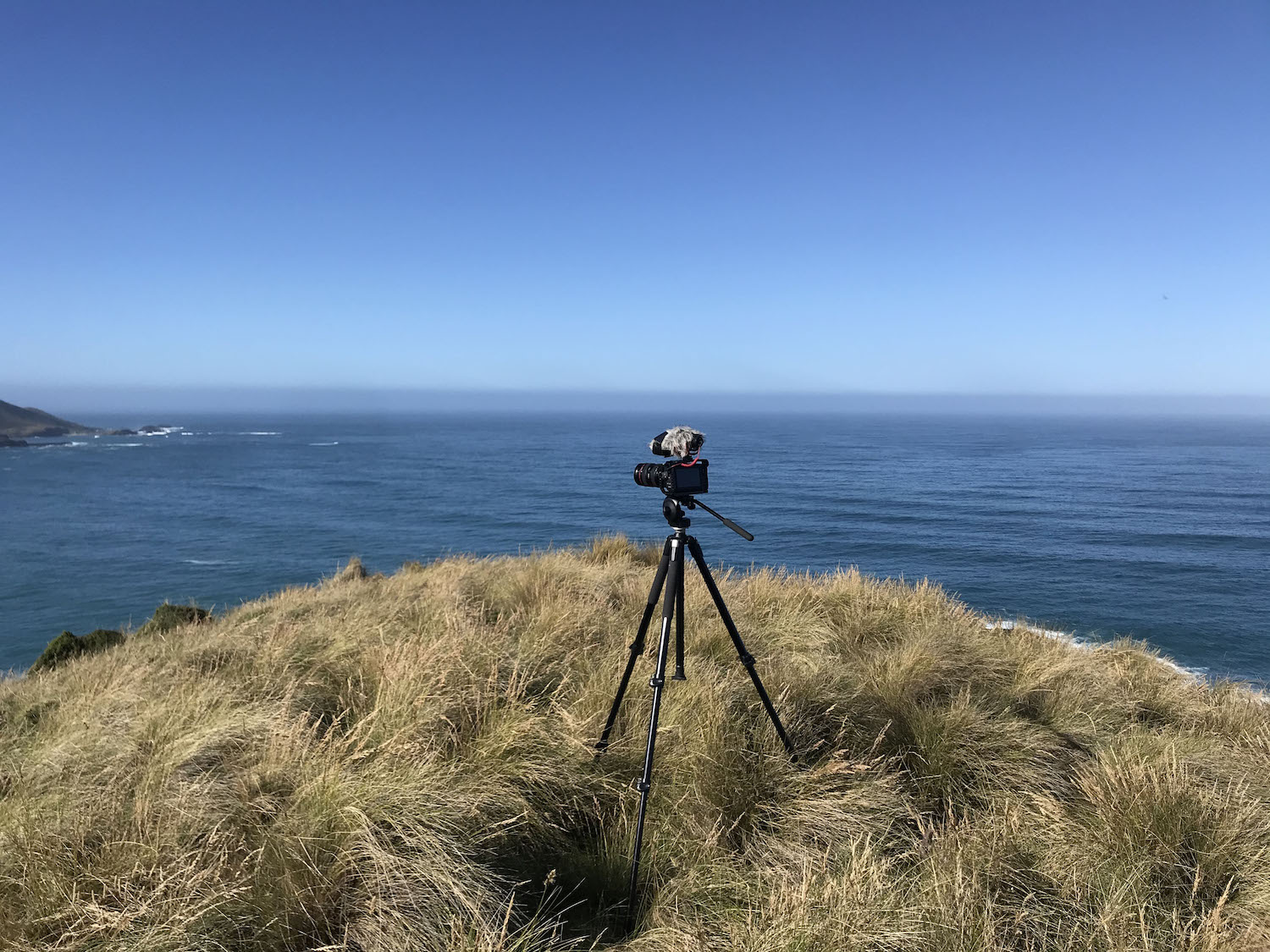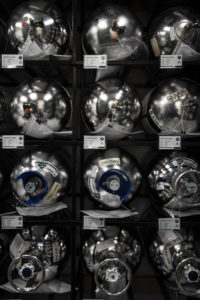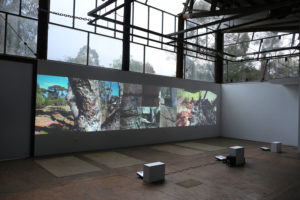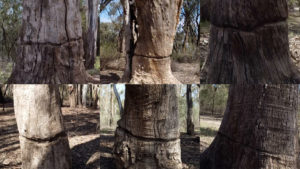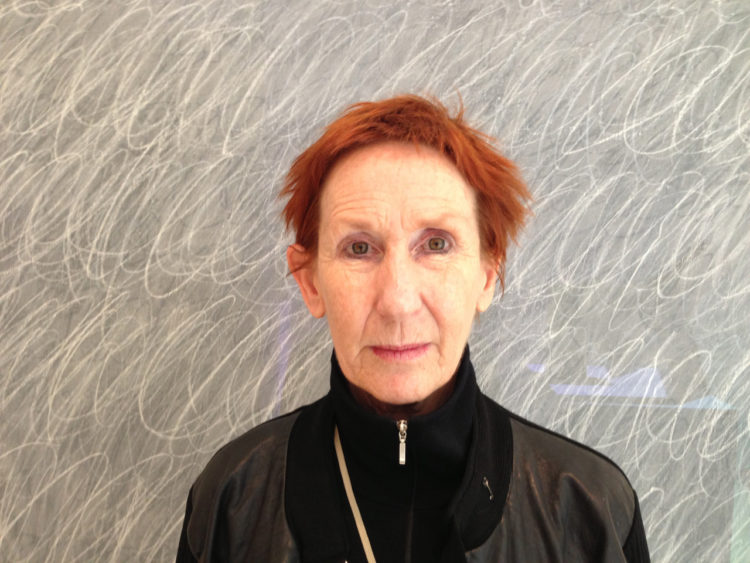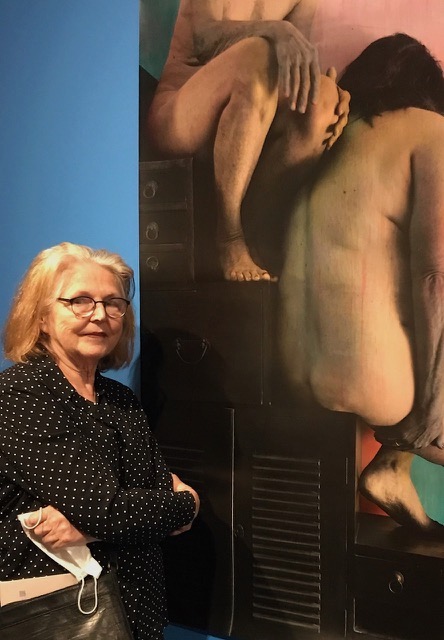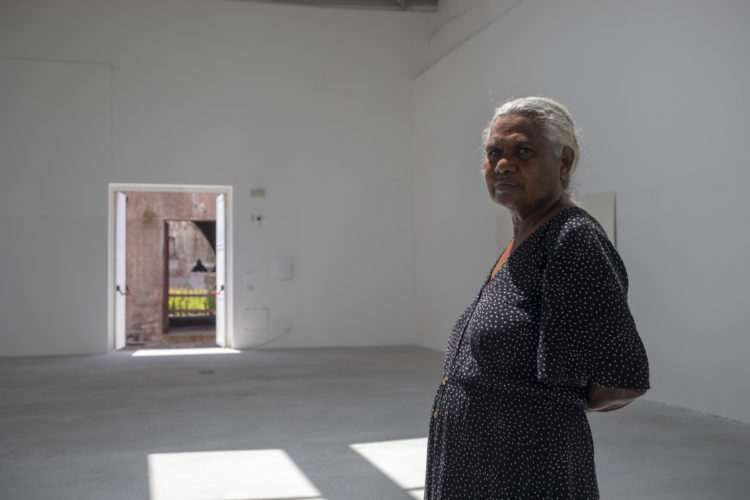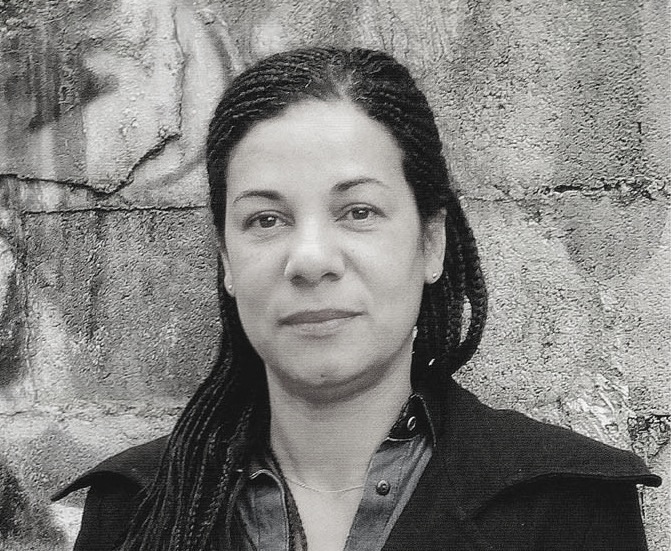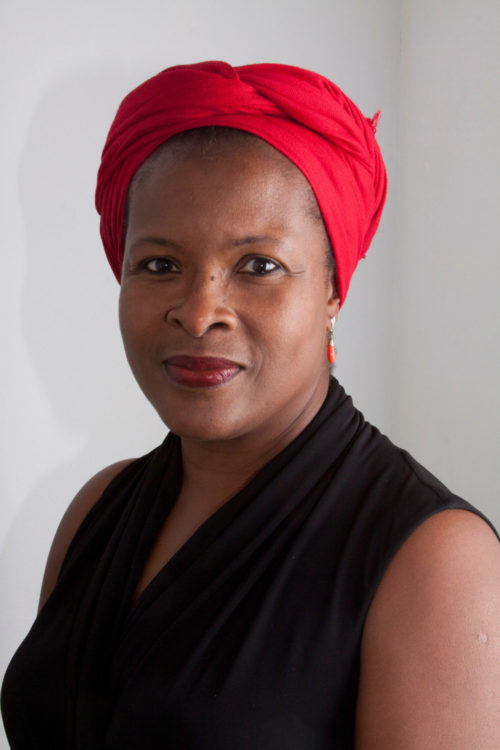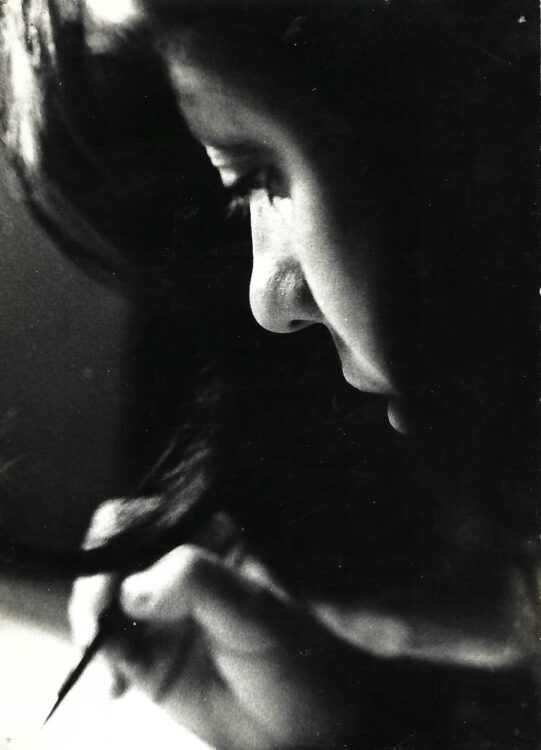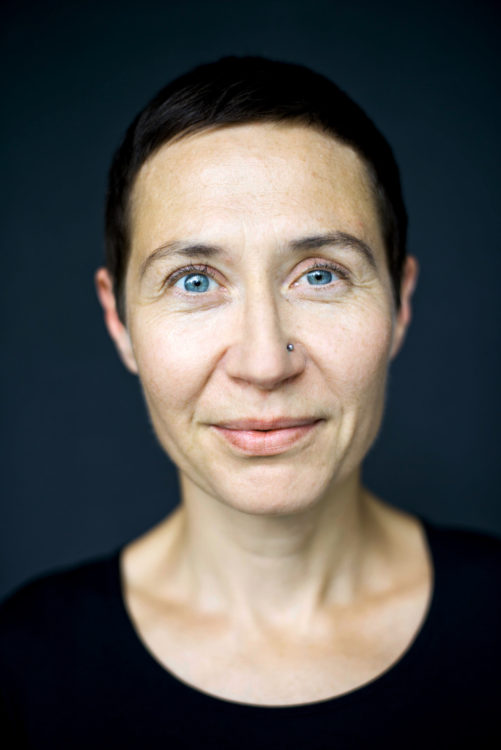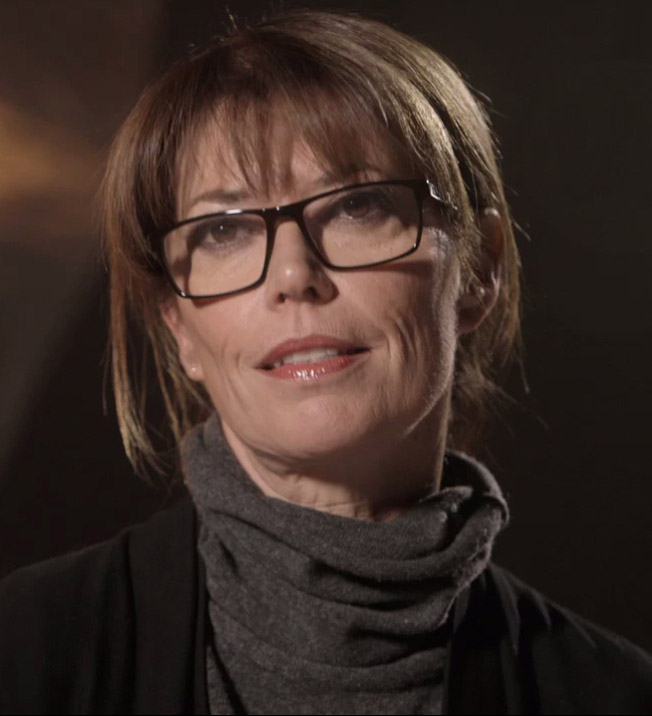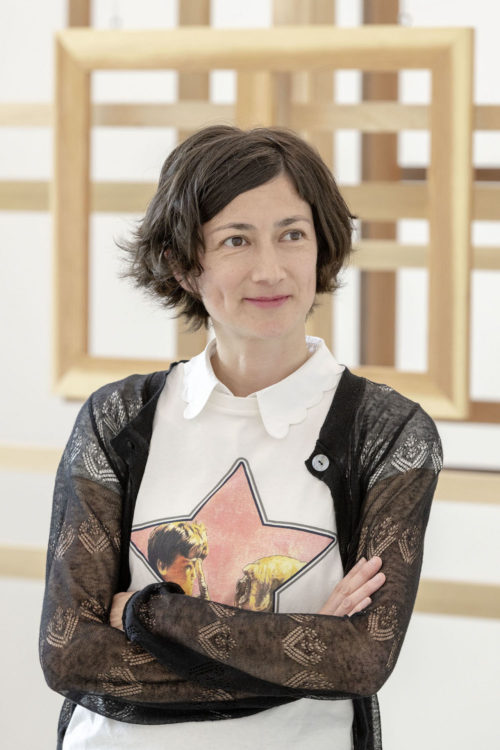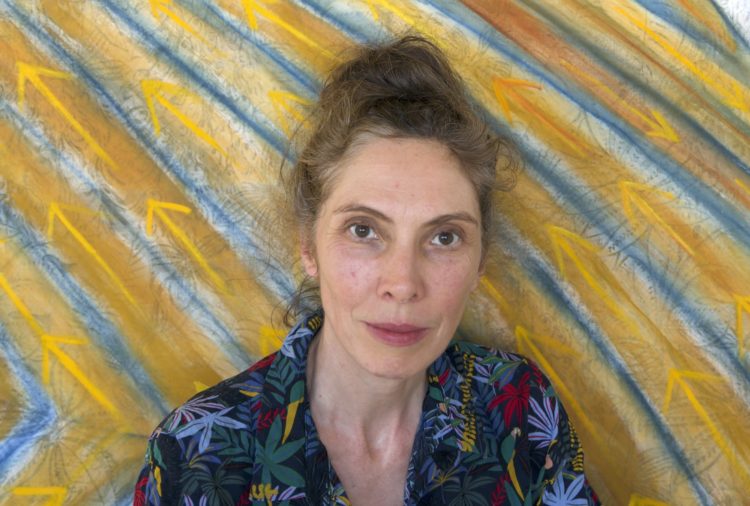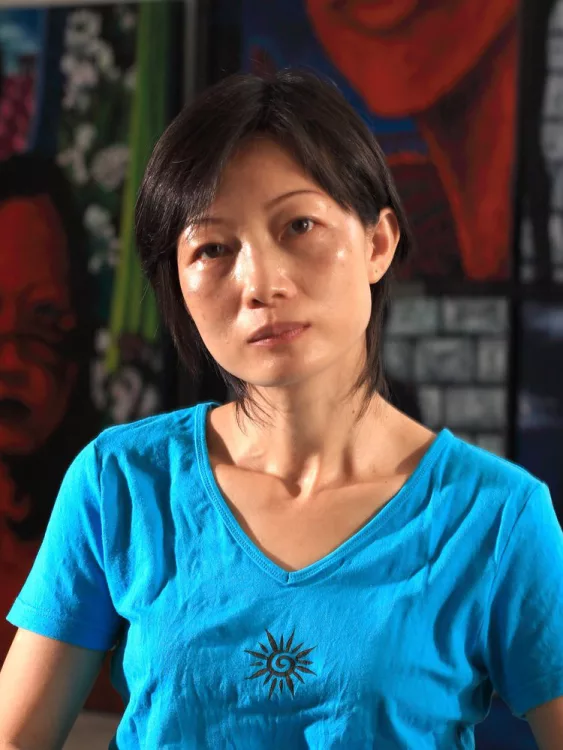Research
As an art theorist, writer and educator, I came to care ethics as a way to think through the relation between art practices and politics. Informed by feminist philosophies and practices, care ethics proposes that the transformation of the existing capitalist order demands the abolition of the (gendered) hierarchy between “care” – the activities of social reproduction that nurture individuals and sustain social bonds – and economic production1. Care ethics foregrounds relatedness, focuses as much on process and methods as outcomes, and asks that we revolutionise the values that govern our societies – from valuing the accumulation of capital to valuing life: surely the only way to address the existential crises we currently face. Changing values is an affective process that takes time and space. It demands the interweaving of material and conceptual incursions and the creation of conditions where we feel safe to recognise our social relationality. It also demands imagining alternatives outside deeply ingrained and guarded conventions. In both this imagining and in creating safe affective spaces, artists have much to contribute, more so because for many artists, maintaining a practice in neoliberal contexts means nurturing collectivities, sensitivities and resourcefulness – essential aspects of care. This is the context for the creation of The Care Project that explores care ethics through an integration of art, curating, pedagogies and interdisciplinary academic research and engagement.
The Care Project comprises multiple, diverse and interdisciplinary activities in regional and metropolitan centres around Australia that privilege trans-subjective relations predicated on attentiveness and tending, on spending time, on holding space. A central aim is facilitating a network of creative researchers and practitioners to nurture solidarity while producing artworks and writings advocating for the transformation of values through care. Through this Care Network emerged an exhibition program dedicated to Victorian regional artists that holds the space for them to develop their work. The themes the artists consider are disparate, from caring for depleted species and environments, to caring for cultural heritage and democracy, to caring for others, but the diversity of their focus underlines the foundational role of care in all aspects of life. In this essay, I consider three projects exhibited under the The Care exhibition program, Jessie Boylan’s The Smallest Measure (2021), Jane Polkinghorne’s Treetment (2020), and Samantha Bews’ The Language My Mother Speaks: The Elements (iteration 2) (2021)2.
Care and Climate Emergency
Last summer materialised the fears and predictions of climate scientists as Australia became an object lesson to the world that catastrophic climate change was here and now: nearly 12 million acres were scorched, including rainforest which had never burnt before; over 3 billion native animals were killed or displaced, one of the worst wildlife disasters in modern history; more than 70 per cent of the country’s population was affected by smoke as the largest cities experienced air pollution deemed the worst in the world; and the economic losses, yet to be fully tallied, are estimated to be upwards of AUD500 billion. These fires were unchartered territory and a clear legacy of the climate policy gridlock among Australian governments unwilling or unable to imagine the nation’s economy beyond its reliance on fossil fuels. The critical condition of Australia’s environment intersects in devastating fashion with the ongoing effects of colonialism: the violent dispossession of First Nations peoples, the imposition of Western agriculture and extractive industries, and the ignoring of well-tried Indigenous land care practices. This is the immediate context for the work of Central Victoria-based artists Jessie Boylan (b. 1986) and Jane Polkinghorne (b. 1967).
J. Boylan has for several years devoted her photography and video practice to exploring the phenomena of slow emergencies, those forms of harm and damage that are not acute but occur gradually and imperceptibly to most of us, like climate change, environmental pollution and radiation. The fires of 2020 may have accelerated the sense of urgency for some, but many still prefer to perceive the pervasive, slow and violent effects of climate change and global warming as if they are yet to come or may never arrive. In their most recent series, J. Boylan has taken a lens of care to honour those who do the underlying and usually unseen monitoring and maintenance that allows us to track climate change: the scientists. In particular, she has focused on another taken for granted, essential, but usually invisible element, air. Air quality and the health of human and non-human species are interdependent: her work seeks to capture how global changes in this seemingly invisible matter affect all life-forms. It brings us up close to the rigorous, long-term work done by climate scientists, part of the broad spectrum of caring practices necessary to respond to this slow emergency and to secure future life. J. Boylan represents air’s fundamental importance by visualising the climate scientists’ care work: studying, capturing, measuring, observing, and comparing samples of various greenhouse gases and meteorological data in one of the world’s most remote locations, namely Cape Grim in Iutruwita/Tasmania. This air pollution monitoring station, jointly managed by the Bureau of Meteorology and Australia’s federal science agency, CSIRO, is located on a historic Aboriginal massacre site. Untouched by land, the wind that arrives at Cape Grim after blowing over the Southern Ocean is considered “baseline” air, among the cleanest in the world, allowing insights into the driving forces behind anthropogenic climate change3. J. Boylan’s works infuse these processes with wonder and love, connecting us to the caring ethics the scientists bring to every act of research: the smallest measure they take contributes to a sustainable future for us all. The artist allows us to see these relationships between micro-level scientific gestures and macro-level effects, between scientific integrity and care for the planet, while never forgetting that this is Aboriginal land whose sovereignty was never ceded.
The attentiveness, responsiveness and responsibility Jessie Boylan foregrounds in the work of both climate scientists and their own practice, Jane Polkinghorne brings to the climate change-ravaged environments of Northwestern Victoria’s mallee in. As J. Polkinghorne discovered, living in a large metropolis can inure you to the immediacy of climate change as much as to the ongoing violence of colonisation; in remote and regional Australia, these realities are harder to deny. After relocating to Mildura from Sydney in early 2019, the artist’s walks along one of Australia’s iconic rivers, the Murray, gradually revealed the slow devastation she was living among: what appeared to be natural forest was riddled with once majestic red river gum trees now dying from ringbarking. This destruction stood in eerie contrast to the verdant lawns and lush fields of monoculture crops that thrive in this water-starved town due to the care and effort of local farmers and businesses. And it stood as ironic counterpoint to the tourist trade in ancient trees venerated through plaques, pamphlets and Google pin drops. What emerged was a hierarchy of trees: some trees “allowed” to live, revered even, but most killed so that land could be instrumentalised for human production. The video suite Treetment is a speculative encountering and reflection on this cultural dissonance that asks us to confront our own complicity and imagine what it might take to break this cycle. As the artist writes, “Trees, living and dead, are memorials to the world and histories we find difficult to see… The scourge of salinity is death to trees, yet the tenacity of entities that eke out an existence at its fringes is wondrous. In devastation, the world continues and responds.” 4
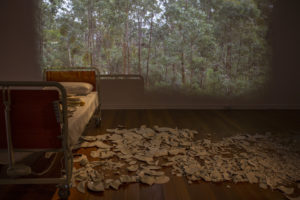
Sam Bews, The Language My Mother Speaks, sound and video installation, detail, 2021, Photo Leonie Van Eyck
Care and Alternative Subjectivities
J. Boylan and J. Polkinghorne embody care in their practices: they spend time, they fine tune their attentiveness to listen differently, they highlight the integral connection between care and the well-being of our lifeworld, and they link their personal ethics to the values revolution needed to heal us from neoliberal harm. Samantha Bews (b. 1969) also embodies care in her practice, looking to the natural world – the focus of the other artists’ work — to understand her mother’s consciousness as radically changed by dementia. S. Bews developed the video installation/performance The Language My Mother Speaks (2019) while sitting with her mother as she lived with advanced dementia, unable to speak or see or tend to her bodily needs. The artist gradually came to recognise that contrary to conventional Western values, her mother did indeed have consciousness, living out the reality that at our most basic, we are no more and no less than any other being on the planet, all made from the same chemical compounds that speak in and through us, manifesting life and decomposing to death. As the artist writes,
At the simplest level her body continued to speak the language of compounds: blood cells taking nutrients from the gut and oxygen to the lungs; skin drying, flaking and being remade. She spoke the language of tiny things: beetles and ants, microbes and bacteria, vital components of our earthly existence. No longer able to construct an identity, she lay on her bed simply as she was, a being given life for we don’t know what reason. Her heart continued to beat in time with a lazy lizard on a rock. She took in water like the pale-yellow moss on a tree.5

Sam Bews, The Language My Mother Speaks, sound and video installation, detail, 2021, Photo Leonie Van Eyck
S. Bews’ installation expresses this multi-dimensional reality in which her mother continued to live. In her mother’s vulnerability the artist found a timely truth: “In a world hurtling toward ecological collapse bringing our attention to what is broken is a radical act of infinite value, and love.”
The works of these three artists all bring a form of attentive love to the world in extremis, that models what a values revolution that prioritises care over wealth accumulation might look like. In their practices are embedded time and commitment to listen to what is not privileged, creating spaces for alternative ways of being to emerge.
Joan Tronto, Moral Boundaries: A Political Argument for an Ethics of Care (London: Routledge, 2009); Carol Gilligan, “Moral Injury and the Ethic of Care: Reframing the Conversation about Differences”, Journal of Social Philosophy, 45, no. 1 (2014); Virginia Held, “The Ethics of Care as Normative Guidance: Comment on Gilligan”, Journal of Social Philosophy, 45 (2014).
2
Jessie Boylan, The smallest measure (2021), Stanley Street Gallery, Sydney, video and photo installation, with sound by Linda Dement and Jessie Boylan; Jane Polkinghorne, Treetment (suite #1–4), video installation, Lot 19, Castlemaine, December 2020; Sam Bews in collaboration with Denise Martin and Neal Harrison, The Language My Mother Speaks: Elements (iteration 2), video and sound installation, George Paton Gallery, University of Melbourne, 2021.
3
Jessie Boylan, The Smallest Measure, artist statement, 2021.
4
Jane Polkinghorne, Treetment, artist statement, 2020.
5
Sam Bews, The Language My Mother Speaks: Elements (iteration 2), artist statement, 2021
Dr Jacqueline Millner is Associate Professor of Visual Arts at La Trobe University. Her books include Conceptual Beauty: Perspectives on Australian Contemporary Art (Artspace, 2010), Australian Artists in the Contemporary Museum (Ashgate, with J. Barrett, 2014), Fashionable Art (Bloomsbury, with A. Geczy, 2015), Feminist Perspectives on Art: Contemporary Outtakes (Routledge, co-edited with Catriona Moore, 2018) and Contemporary Art and Feminism (Routledge, 2021 with Catriona Moore). She has curated major exhibitions and received prestigious research grants from the Australian Research Council, Australia Council, and Arts NSW. She is currently leading the research project Care: Feminism, Art, Ethics in the age of neoliberalism (2019-2022).
An article produced as part of AWARE’s academic network, TEAM: Teaching, E-learning, Agency and Mentoring
